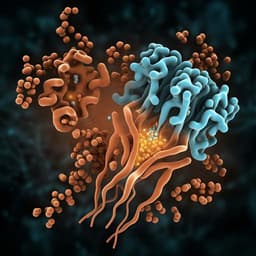
Health and Fitness
Effects of a Combined Strength and Endurance Training Program on Gut Microbiota Composition, Functionality, and Inflammatory Status in Obese Children
Quiroga
This enlightening study by Quiroga et al. explores the positive impact of a 12-week combined strength and endurance training program on obese children's gut microbiota, functionality, and inflammation. Discover how these modifications lead to healthier gut environments and improved inflammatory responses, showcasing the potential benefits of exercise beyond just physical appearance.
Playback language: English
Related Publications
Explore these studies to deepen your understanding of the subject.







